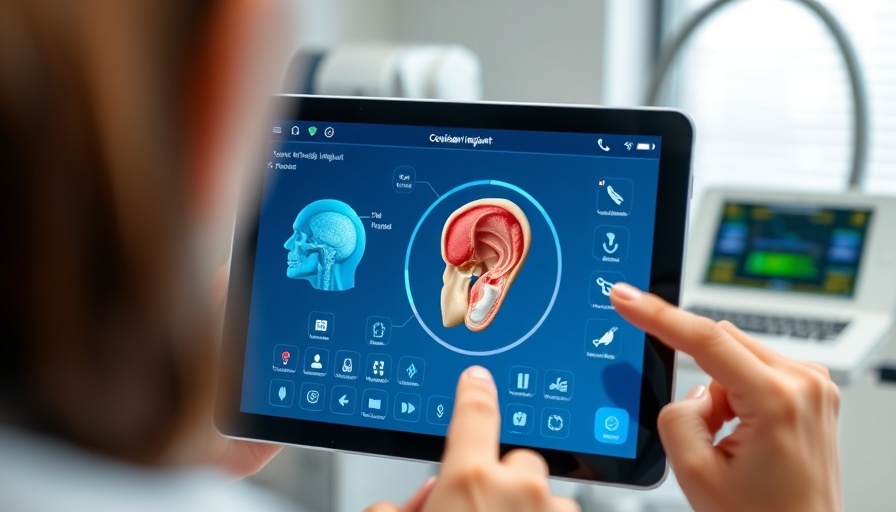
A Revolutionary Leap in Surgical Training
The University of Akron (UA) is making waves in the medical field with an innovative cochlear implant simulation tool, marking a significant advancement in surgical training for ENT specialists. Under the guidance of esteemed professors, students have developed a 3D-printed training model that combines modern technology with a deep understanding of human anatomy, challenging traditional methods that have been largely dependent on hands-on experience.
Creating a Realistic Training Environment
The cochlear implant simulation tool stands out for its realistic anatomical accuracy, made possible by advanced ADA resin and precise patient CT scans. This tool features a transparent cochlear structure embedded with sensors and a camera, providing real-time feedback to students. With this model, aspiring surgeons can practice their skills without the risks associated with live procedures—like facial nerve damage—making training safer and more effective than ever before.
A Team Effort
UA students Nathan Smith, Kaelyn Kraley, and Sarah Powell have dedicated their time and talents to refine this ground-breaking tool. They have engaged with actual ENT specialists for feedback, enhancing usability and ensuring that the model aligns closely with real-world surgical requirements. This collaboration exemplifies the power of teamwork in academia, bridging the gap between engineering and healthcare.
Positive Feedback from Professionals
The simulation tool has received encouraging responses from ENT surgeons who tested it during simulated procedures. They found the real-time data invaluable, noting that the feedback provided metrics that could enhance their surgical techniques. This training model is a game changer, not only benefitting trainee surgeons but promising better patient outcomes in cochlear implantation procedures.
Looking Ahead: A New Standard in Surgical Education
This innovative tool was displayed at several prestigious conferences, where it was recognized among the top inventions in the field. As it continues to gain traction and validation in medical circles, it’s clear that the future of surgical training is changing thanks to collaborative efforts at the University of Akron. Their work not only prepares the next generation of surgeons but also sets a new standard for surgical education as a whole.
Join the Innovation
As this project continues to evolve, it’s vital for community members to support educational initiatives like this. By staying informed and advocating for advancements in local research, Akron's residents can contribute to the transformative progress in surgical training and medical education.
 Add Row
Add Row  Add
Add 




Write A Comment